A Week in the Bush Vol. 510
on Jul 24, 2024Welcome to our safari highlights blog! Whether you're an avid nature lover or a curious explorer, join us in celebrating the beauty and wonder of wildlife across the globe.
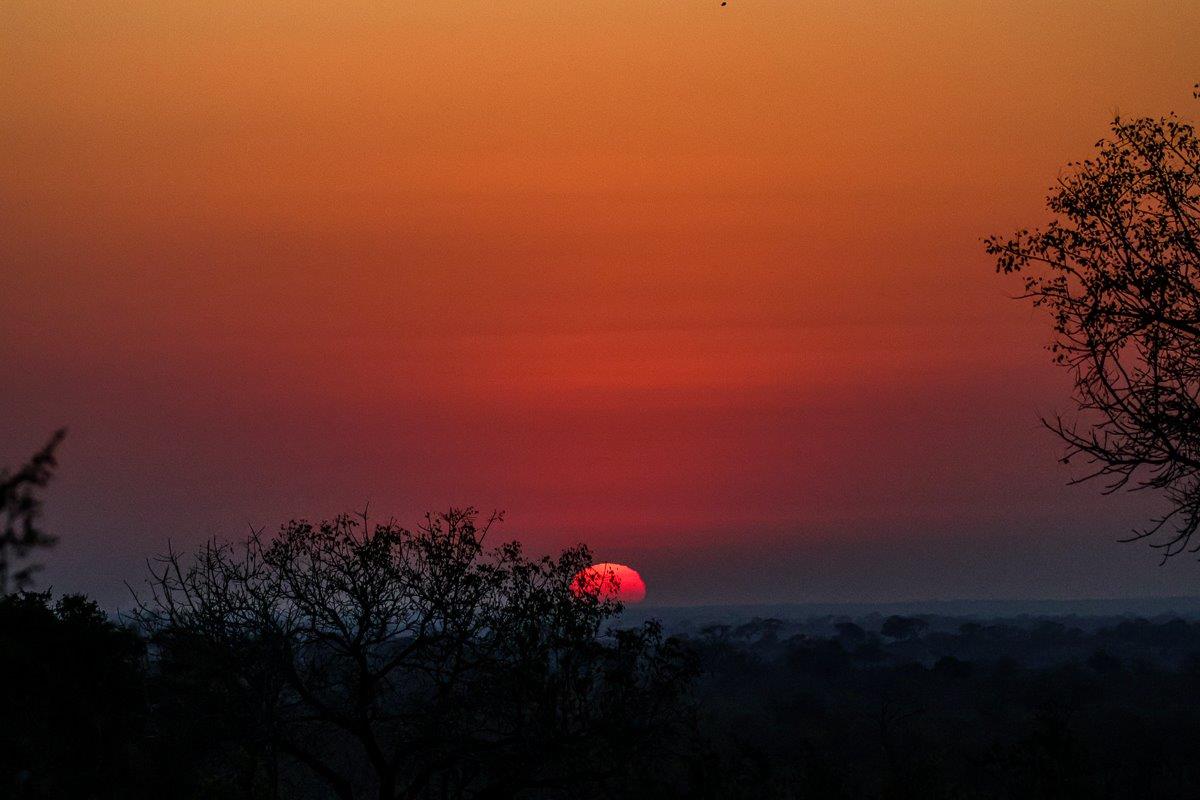
We were fortunate to find both N’weti and the very elusive Ndzanzeni female as they were mating in the long grass. When leopards mate, it is a very vocal activity, and they often give away their location. We stayed with them until it was dark, and then we left them to continue mating. It's an exciting time as we hope Ndzanzeni successfully conceives and brings more little ones into the world.
As they were taking a break during mating, a scrub hare found itself in the wrong place at the wrong time and despite being somewhat distracted, N’weti never missed the opportunity and caught the scrub hare without needing to move.
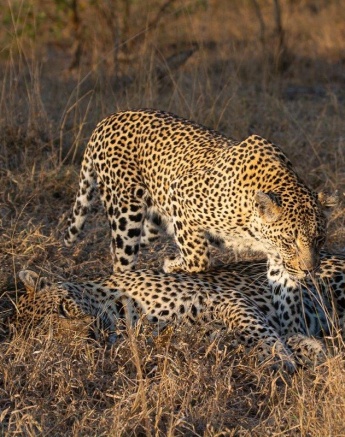
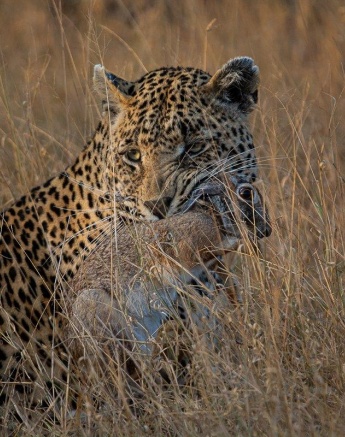
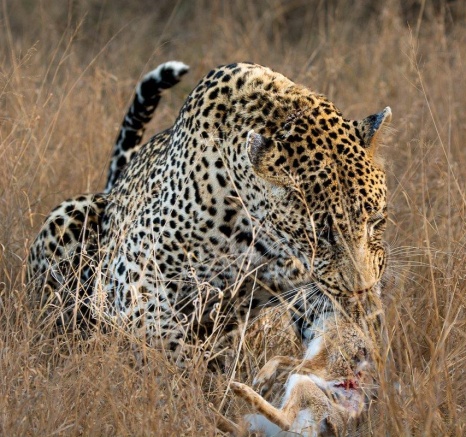
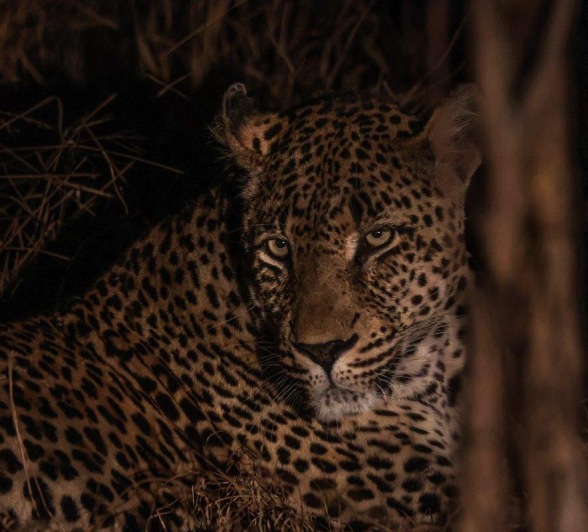
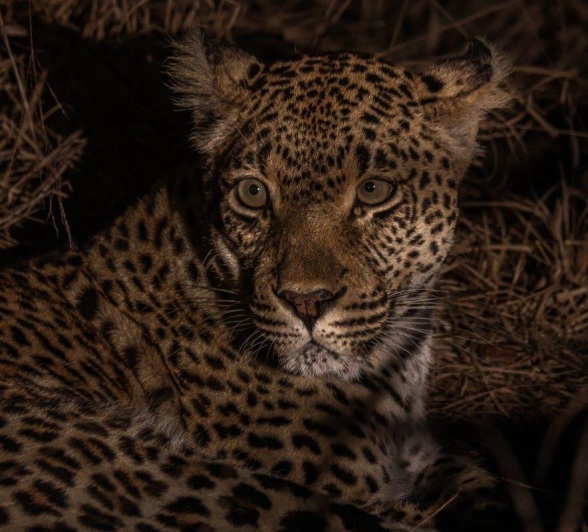
After parting with Ndzanzeni, we found N’weti moving from one termite mound to the next. This male is known for his warthog hunting skills where he waits above the warthog burrow for them to emerge before making his move. After multiple attempts and different burrows, he moved deeper into the thickets looking for a meal. As he was walking through his territory, he was scent marking heavily, making sure to keep any rival males out of his area and aware of his presence.
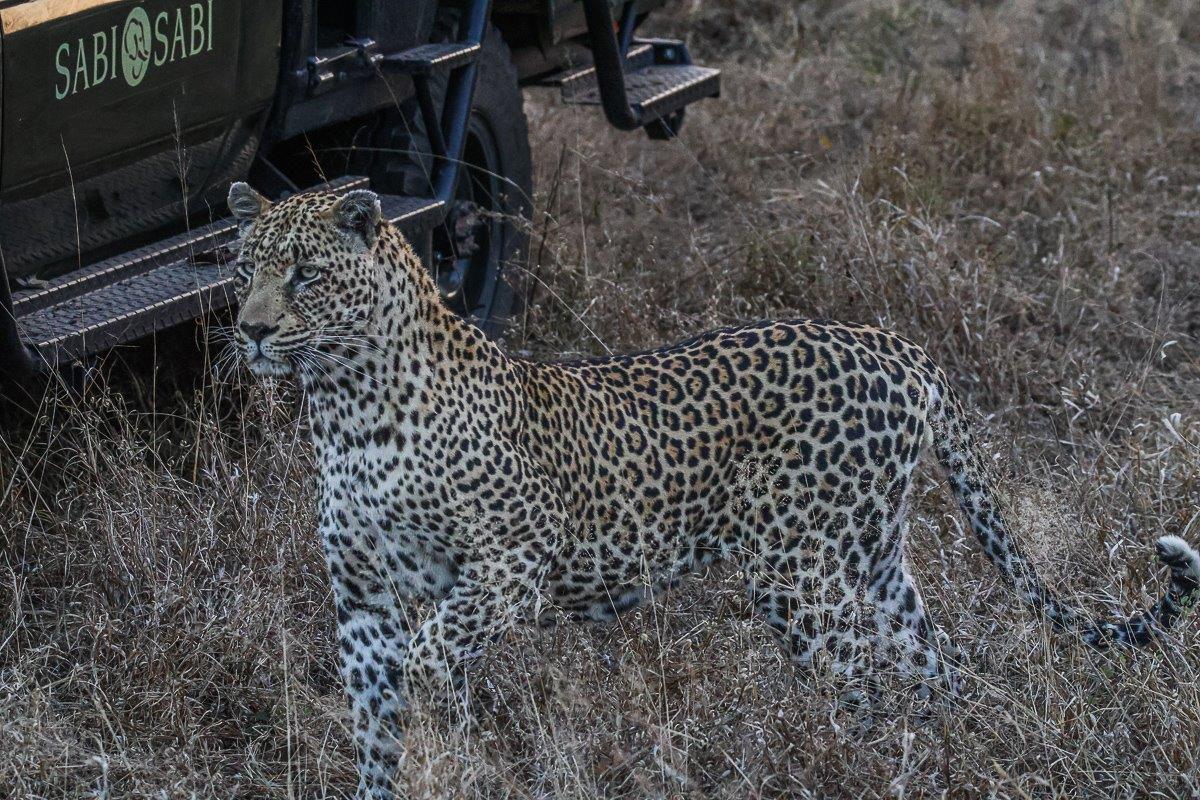
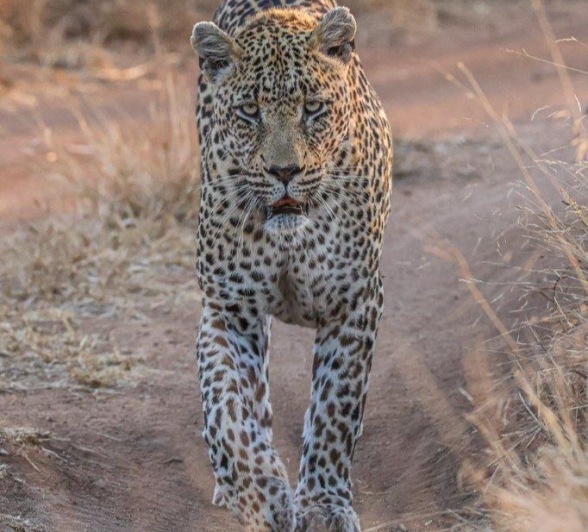
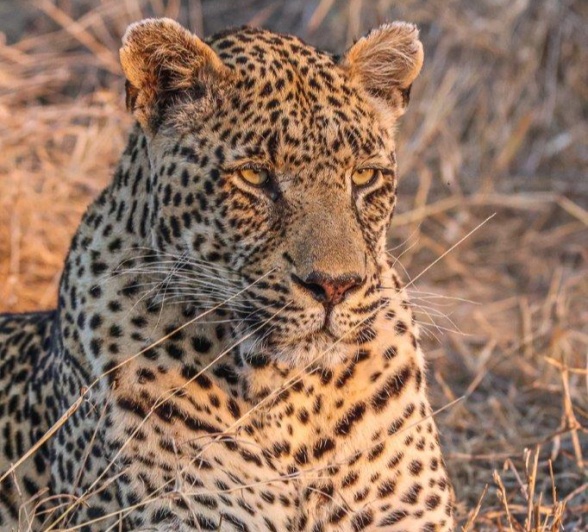
During our morning safari, we had a calm start until we noticed Ntsumi, who seemed focused on something in the distance within the thickets. We watched as she began to stalk and then took off. Although we couldn't see what was happening, we could hear the commotion as she successfully hunted. Once we found her again, we saw that she had made a duiker kill and hoisted it up into a tree. This will provide her with a substantial food source that can sustain her for the next few days.
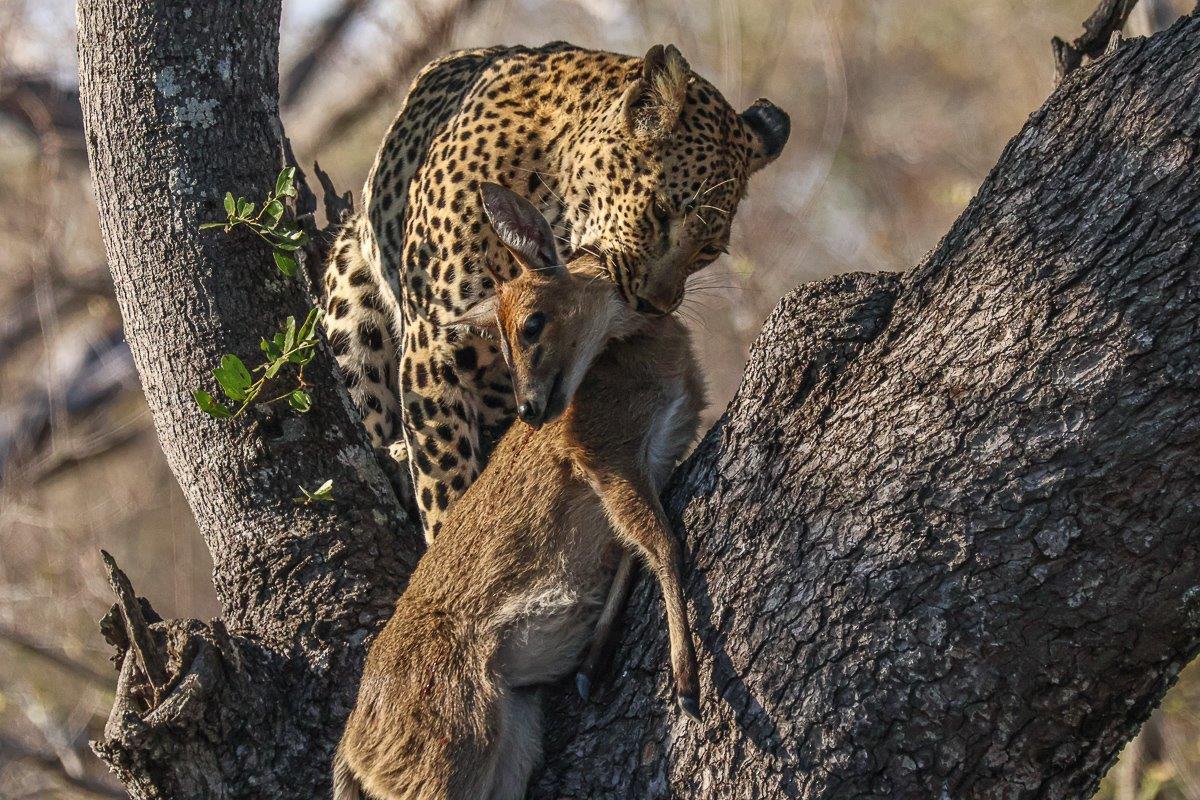
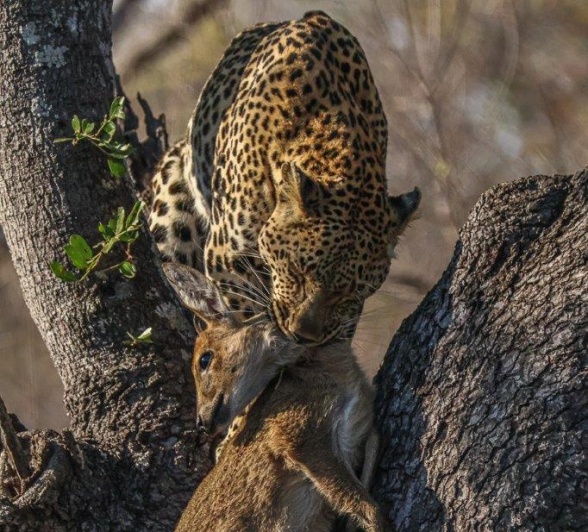
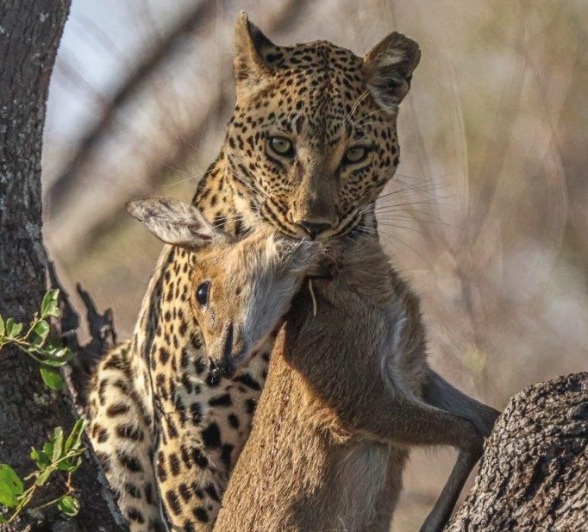
We managed to track down and find the Khulwana male as he was trying to evade monkeys and baboons alarm calling in the distance. These predators often lurk around drainage lines and other thick areas to avoid being seen by other animals, as they know a single alarm call will warn any potential prey in the area that a predator is around and could ruin a hunt for them. As the bush started quietening down after the alarm calling, he moved deeper into the thickets, looking for a meal.
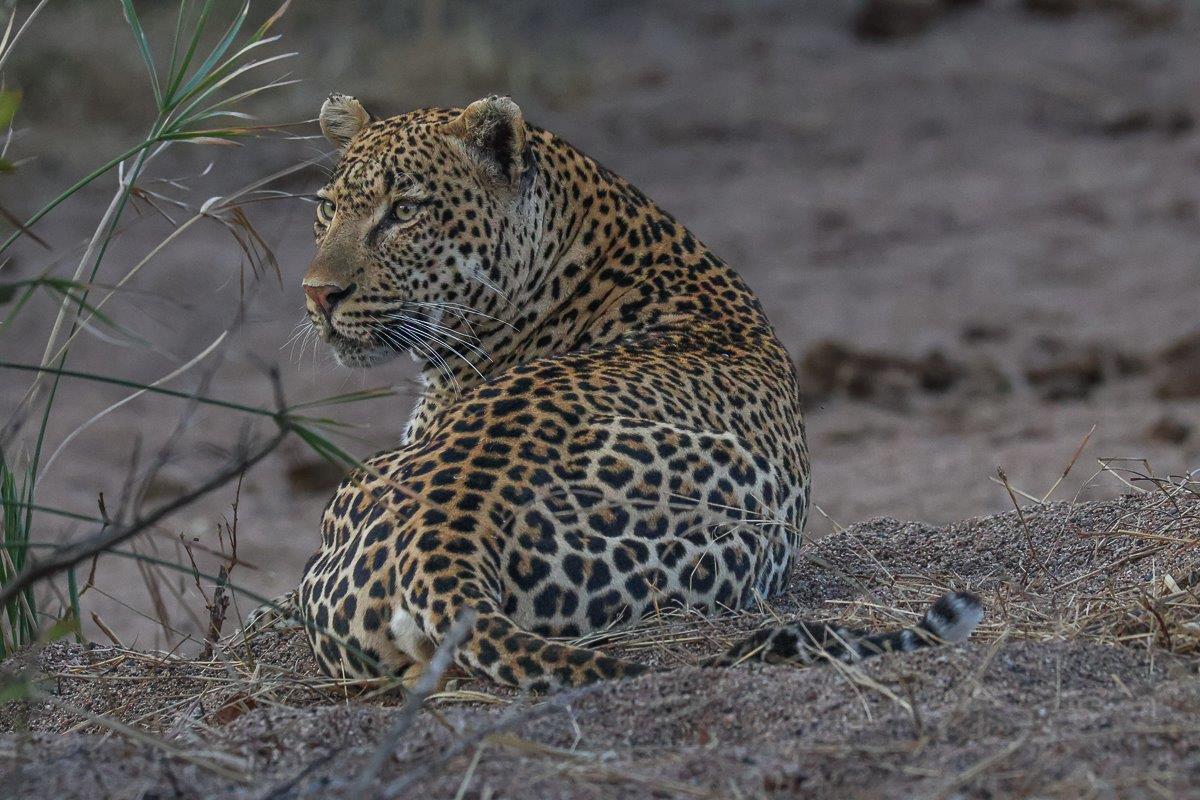
One of the female lions from the Southern Pride was finishing off some ribs after most of their kill had been eaten, giving her a powerful look as she glanced through the ribs.
With little meat left, hyenas were moving in to get their share, resulting in the pride members chasing them off so they could finish the last remaining pieces.
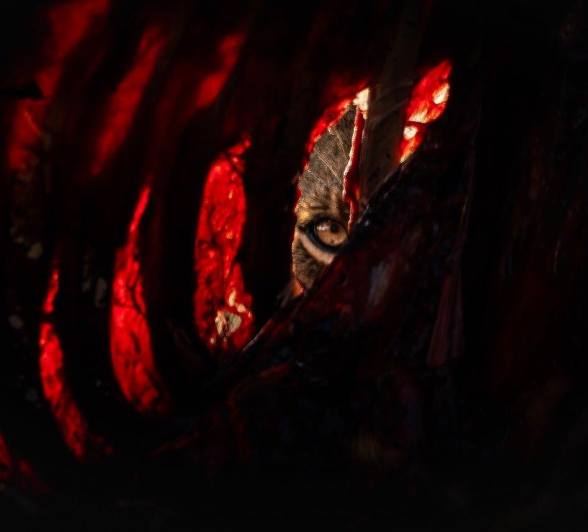
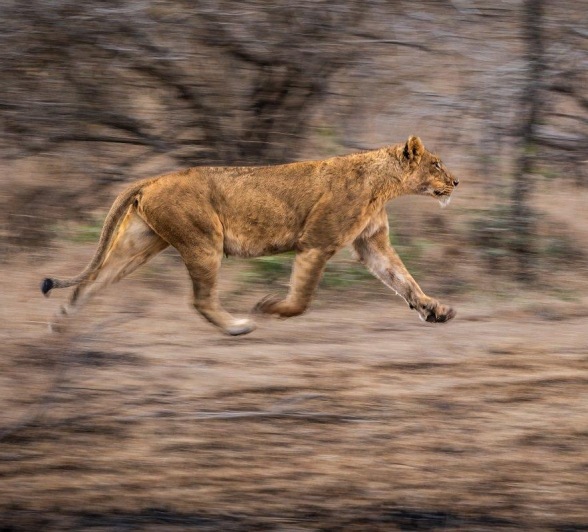
While driving over our private airstrip, we made a remarkable discovery. We found the Nkuhuma and Talamati male lions lying on the northern edge, basking in the first sunrays after another cool evening. These two males are still in very good condition following their previous buffalo meal, but they will soon start looking for another hunting opportunity. As the males are not encountering many other lions in the southwestern section of our reserve, they are becoming more comfortable, allowing them to strengthen their bond and hopefully form a coalition.
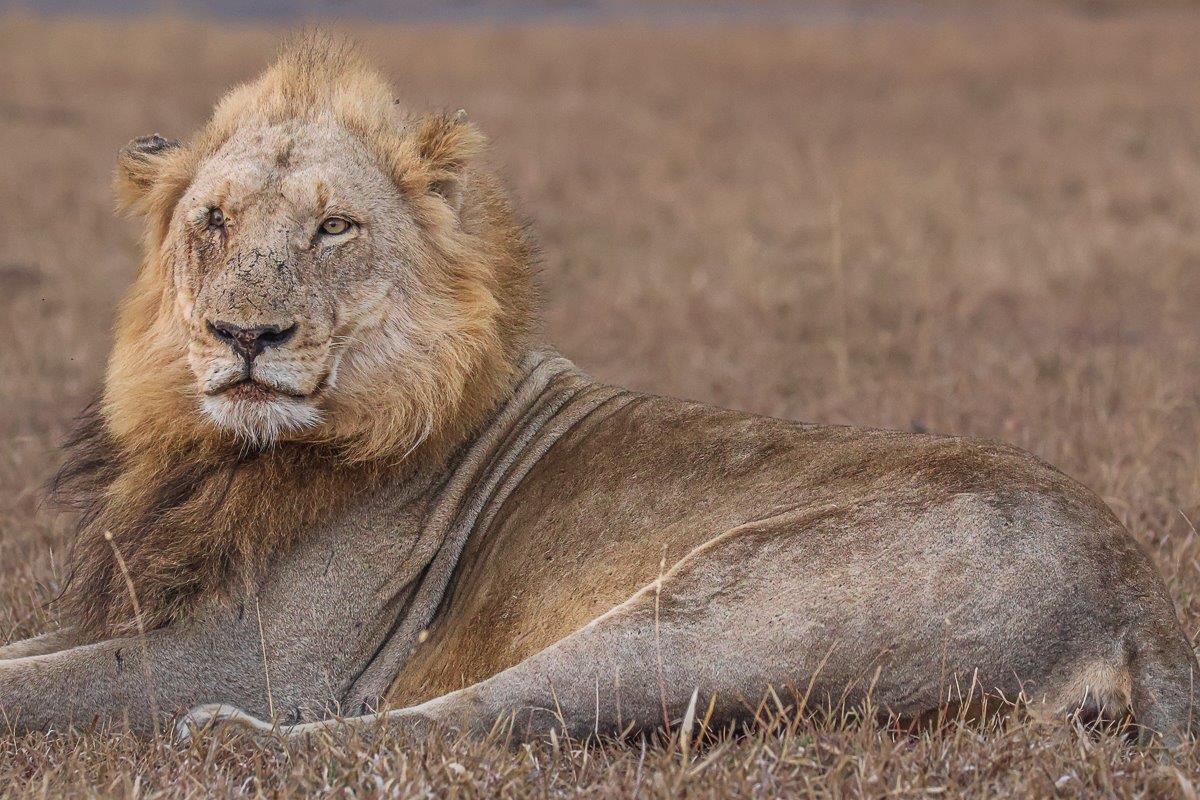
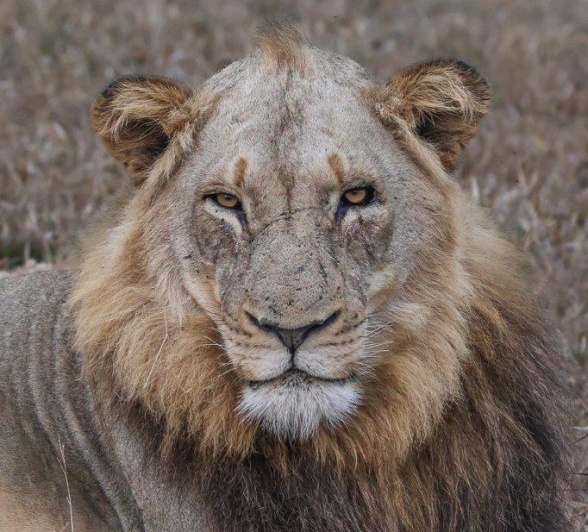
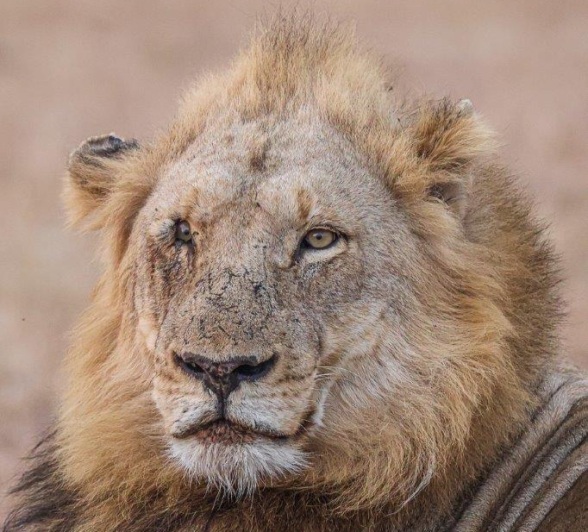
Following up on the Msuthlu Pride, we found only the three females and the seven cubs. As they were moving through the long grass, they all suddenly stopped and began sniffing the ground. The lions then ventured into the bush, and to our surprise, we discovered the fourth lioness lying there, and she was not alone. She had given birth to at least two cubs!
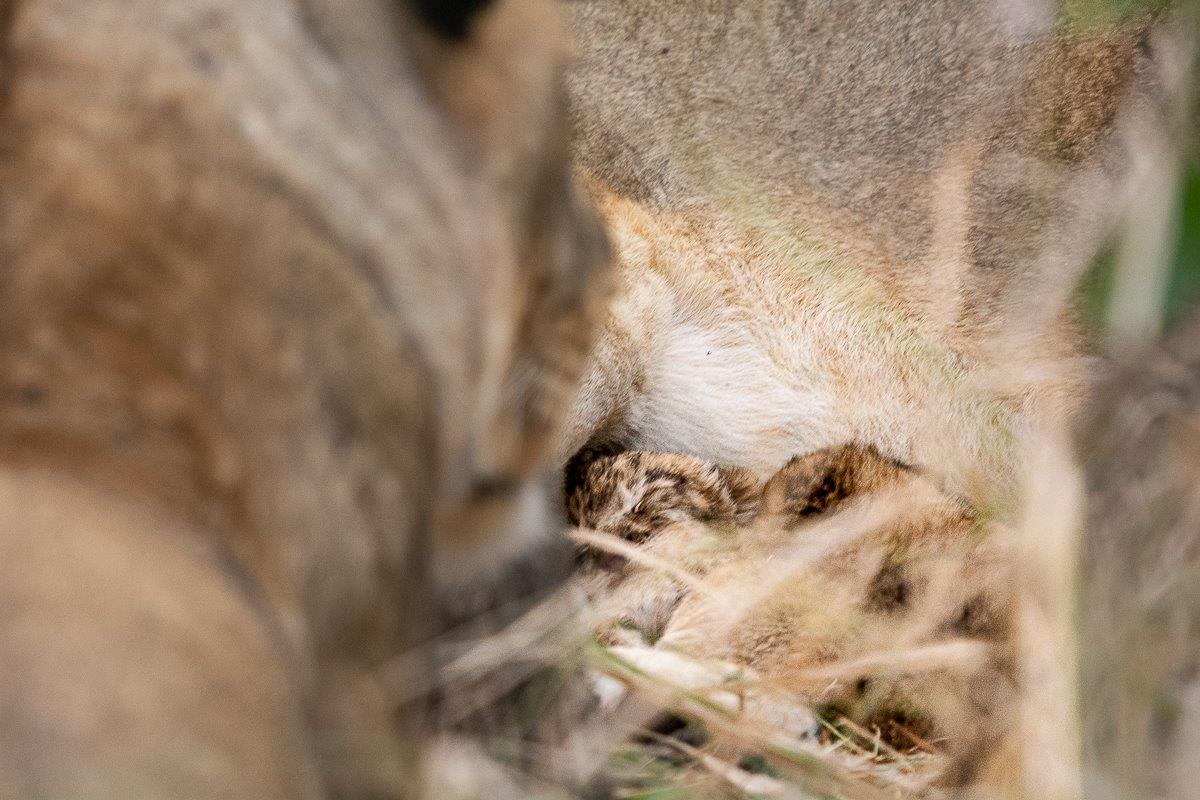
With early morning temperatures being cool predators tend to stay active much later in daytime. We found tracks for a pride of lions and noticing cub tracks, we quickly realised they belonged to the Msuthlu Pride. After an intense tracking exercise, we managed to find them as they were making their way through a big drainage line. It was incredible seeing the whole pride once again moving together, only the fourth lioness with her new cubs not present. Their general direction of movement indicated they were heading towards the lioness with her cubs, and we decided to give them space to avoid any unnecessary pressure on them. This pride is flourishing and growing stronger by the day, only time will tell what history they will make around our reserve.
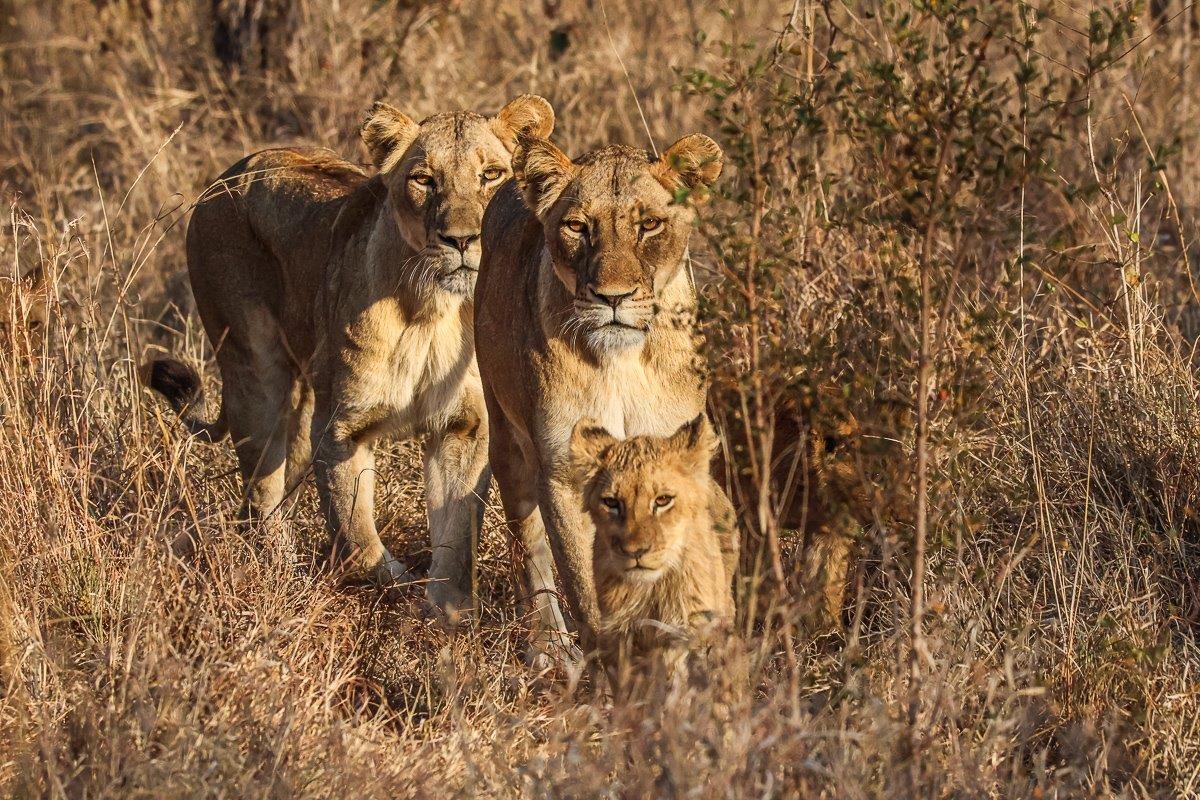
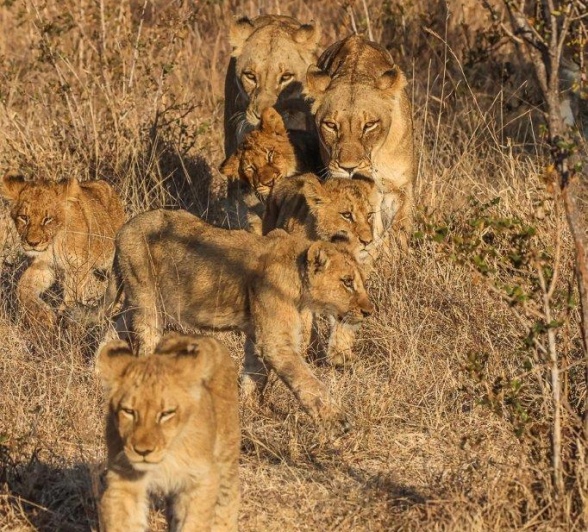
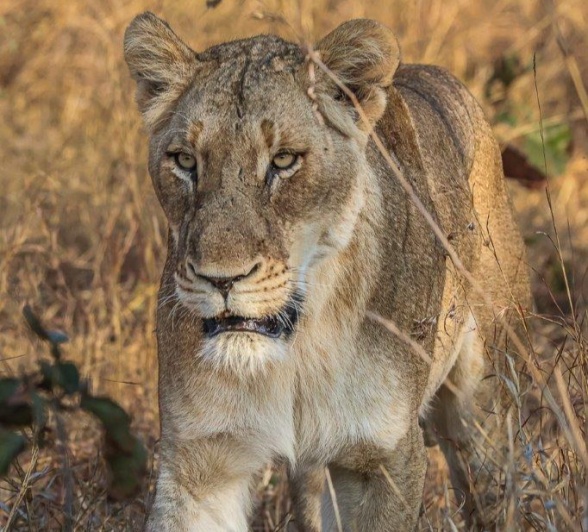
After setting out on the morning safari we quickly realised the high presence of hyenas, we shortly after found tracks of lions and started our tracking exercise. Our tracking led us to a small drainage line where we found the Msuthlu Pride as they were yet again successful in taking down a zebra. All ten of them, three lionesses and seven cubs, were panting heavily and full with most of the zebra already finished. Hyenas were lurking, waiting for the lions to move off so they could come in and finish what was left. These lions will spend the day digesting their well-deserved meal before most likely moving on again as soon as night falls, making sure their cubs are safe and away from hungry hyenas.
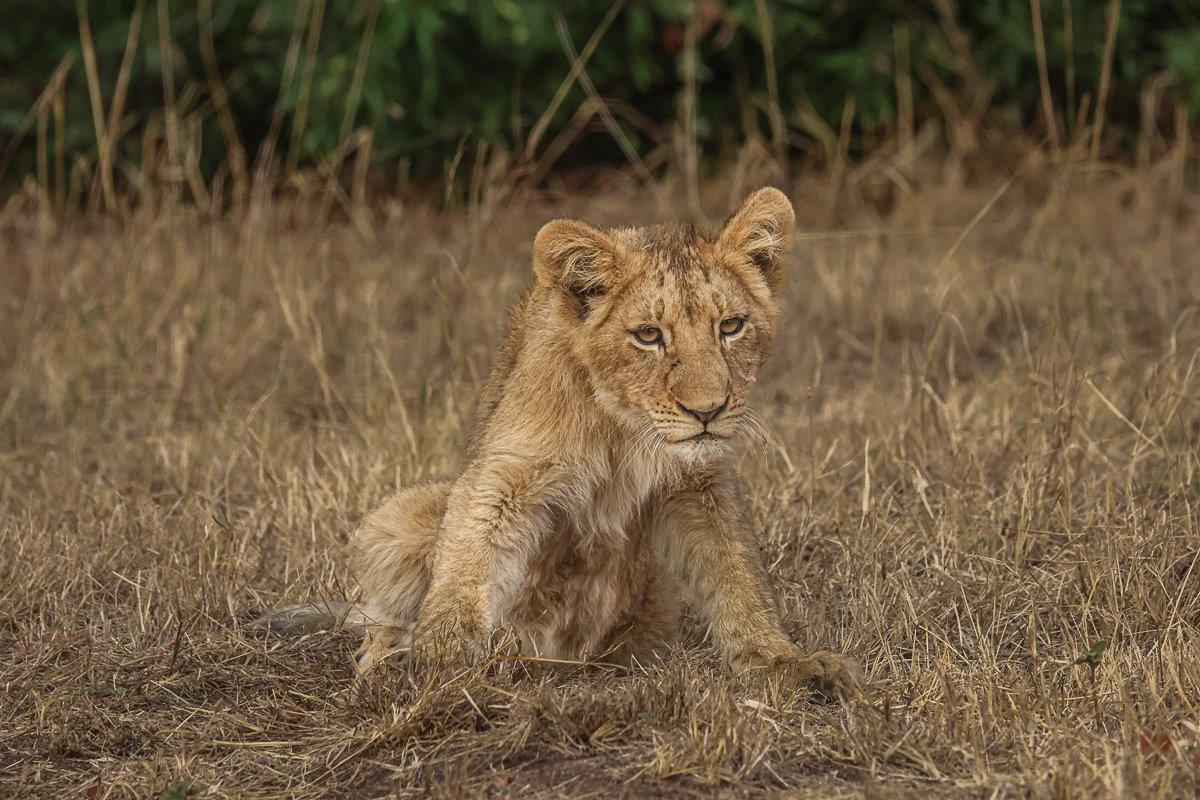
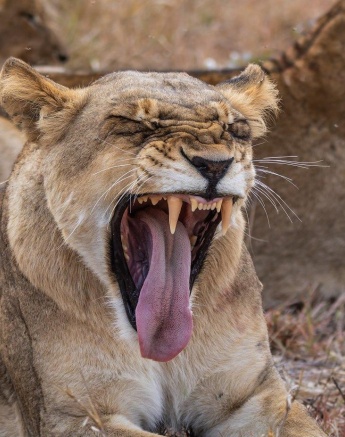

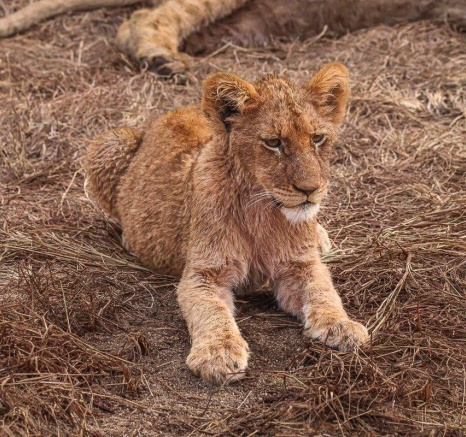
The Gijima males have been seen in the area for some time, attempting to establish and maintain their dominance. They were vocalising throughout the morning and were chasing the Styx Pride around the reserve. Their goal was to drive away the young male from the Styx Pride, but two of the females were also terrified and kept the male away, as he was running non-stop with the Gijimas in pursuit.
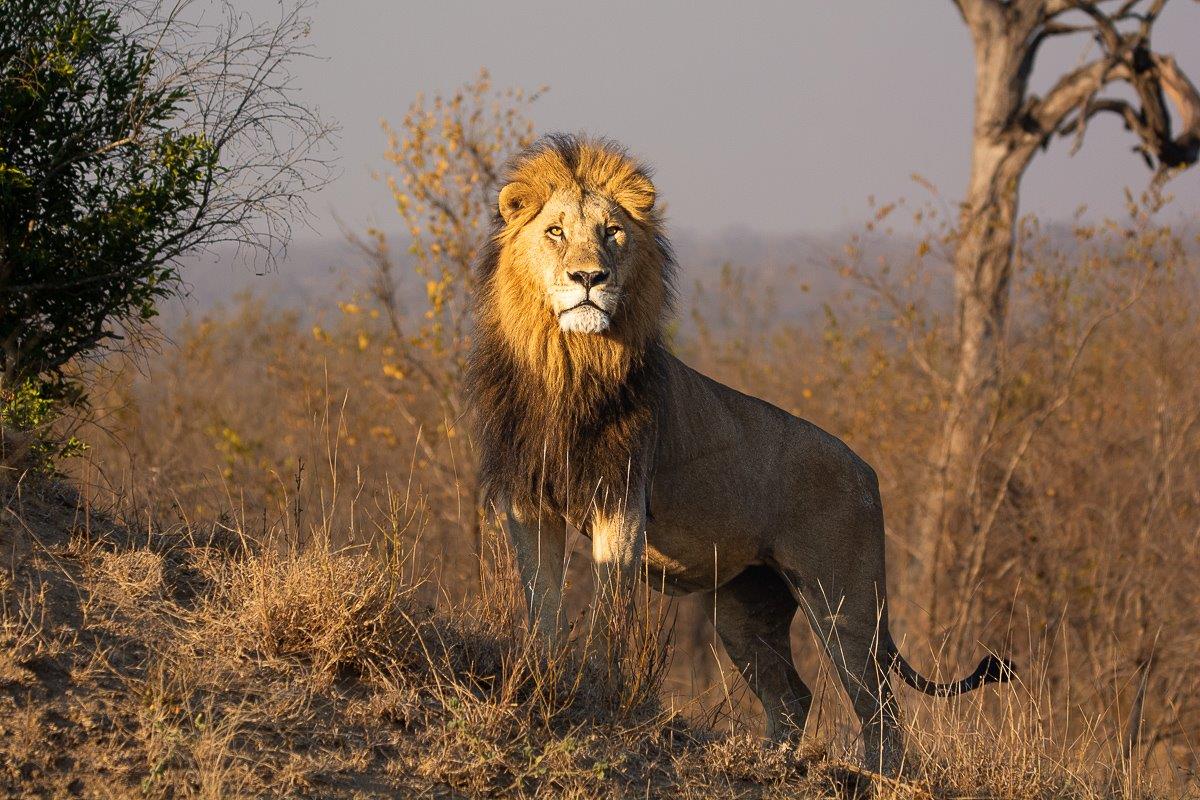

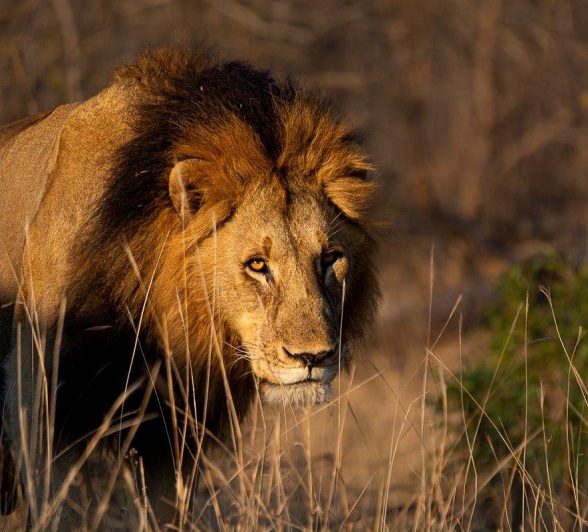
Later in the week, on our way back to Earth Lodge we drove down one of our main roads when suddenly a dark figure appeared far in the distance. We quickly realised this was the big Gijima male making his way towards us. We watched as he walked down the road when we heard a roar in the distance behind us. This male shortly after answered the call starting to communicate to his coalition partner and moved straight towards where the roar came from. These two males will meet up again before moving deeper into their territory ensuring they keep the area safe for their lionesses and cubs.
After the radio call indicated a male cheetah on our reserve, there was excitement among all ranger and tracker teams. Knowing how rare these species are, we knew what a privilege it was to see them. We followed this male as he played on a fallen tree before heading off into the open plains, constantly checking his surroundings to ensure no danger was close.
These species have a difficult life in these parts of the country due to the lack of open spaces they need. Additionally, with the amount of other predator activity around this area, even though they are the fastest land mammals in the world, they lack the strength to fight off other predators.
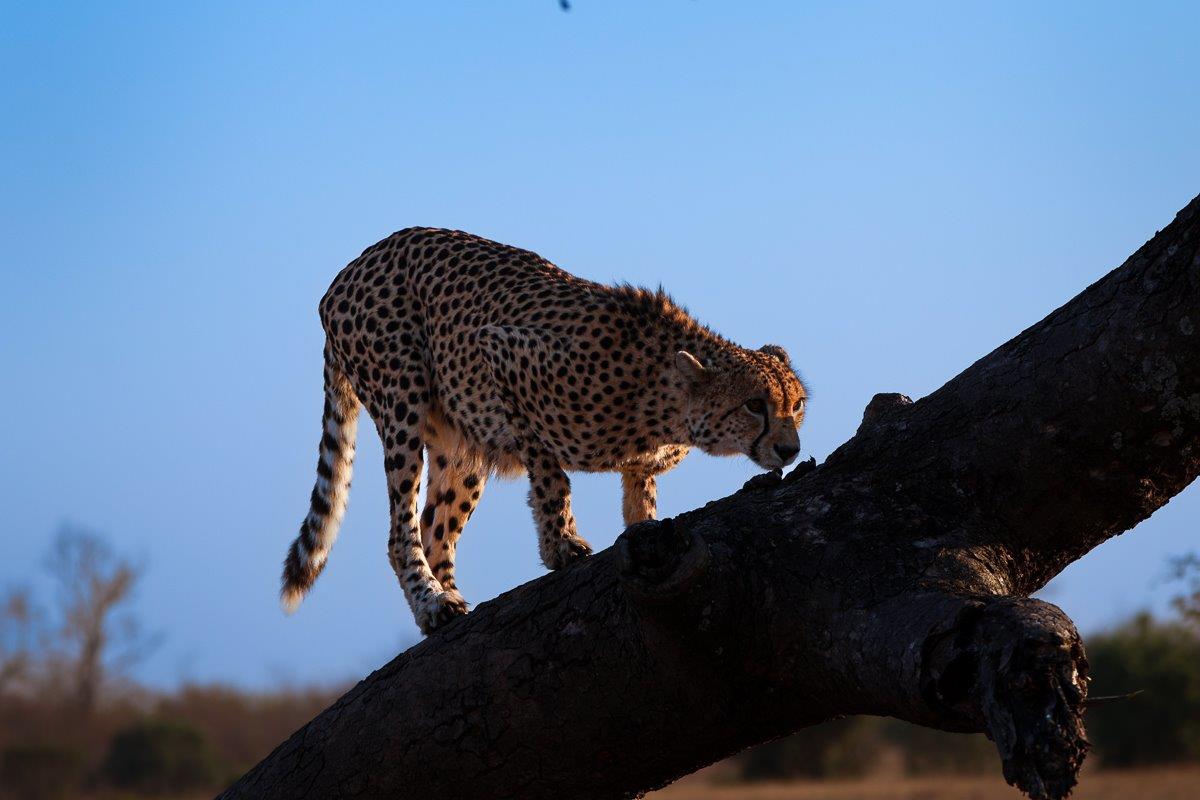
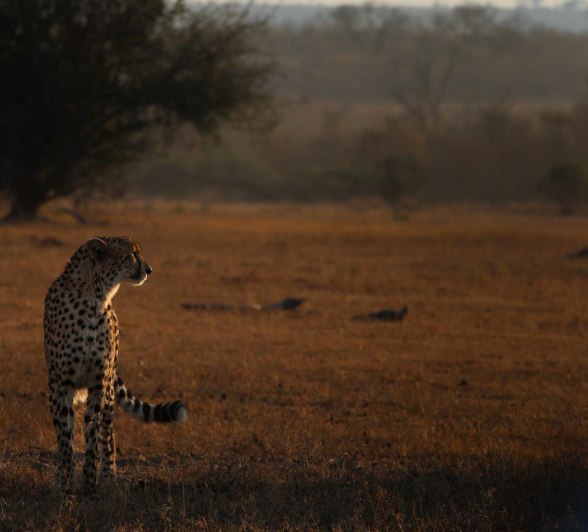
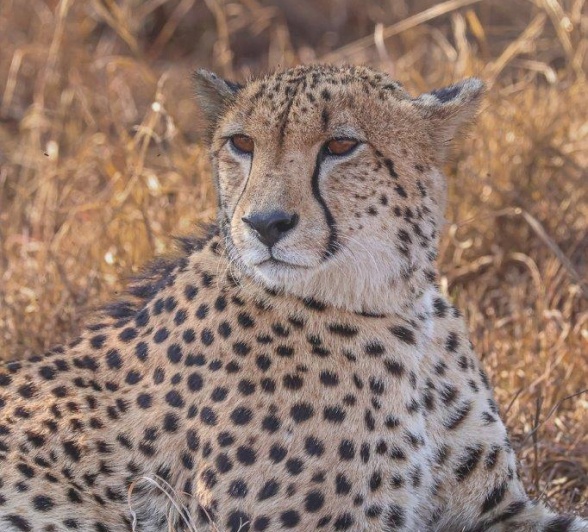
We often see a large crocodile at the waterhole in front of Earth Lodge during the cooler winter temperatures. In the summer, this crocodile also comes out of the water to warm up, but now, during the cooler months, it spends most of the mid-day on the banks of the dam, getting warm and preparing for its next meal.
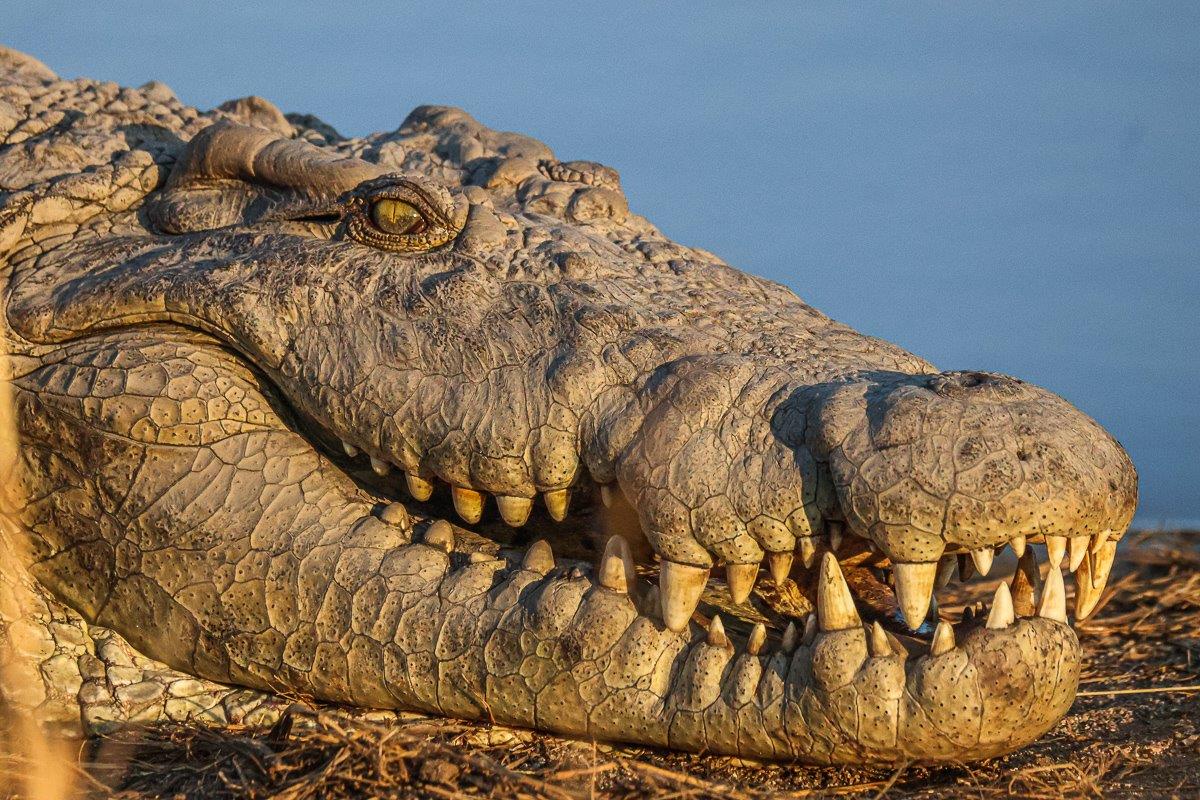
On an overcast day, we encountered a large herd of buffalo, allowing for some great photo opportunities.
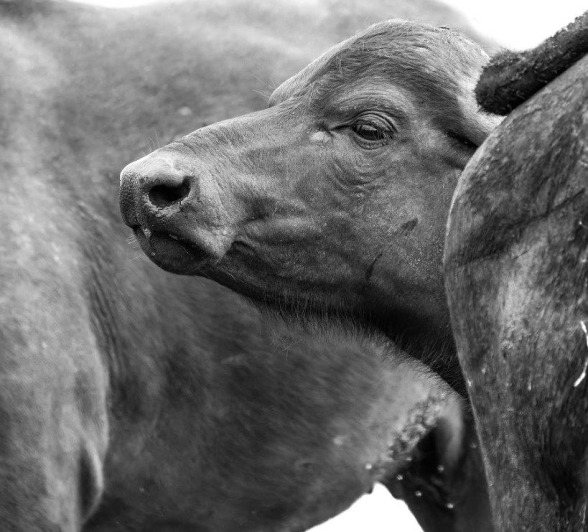
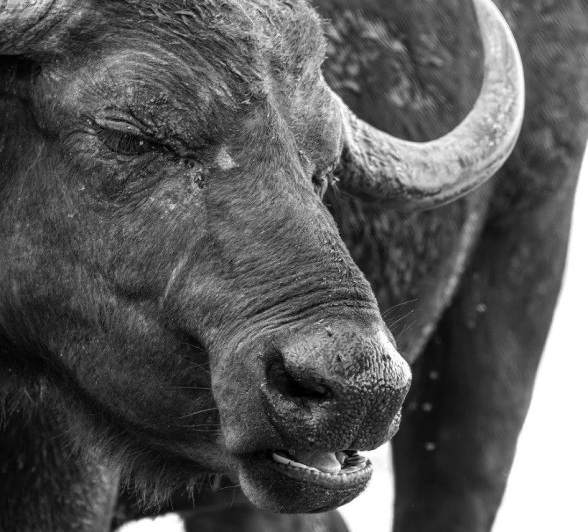
When embarking on a safari adventure, it's important to note that the experience is not solely about encountering the renowned Big 5 animals. The wildlife in the region also includes a diverse array of stunning bird species, with the iconic Hornbill being a prominent example.
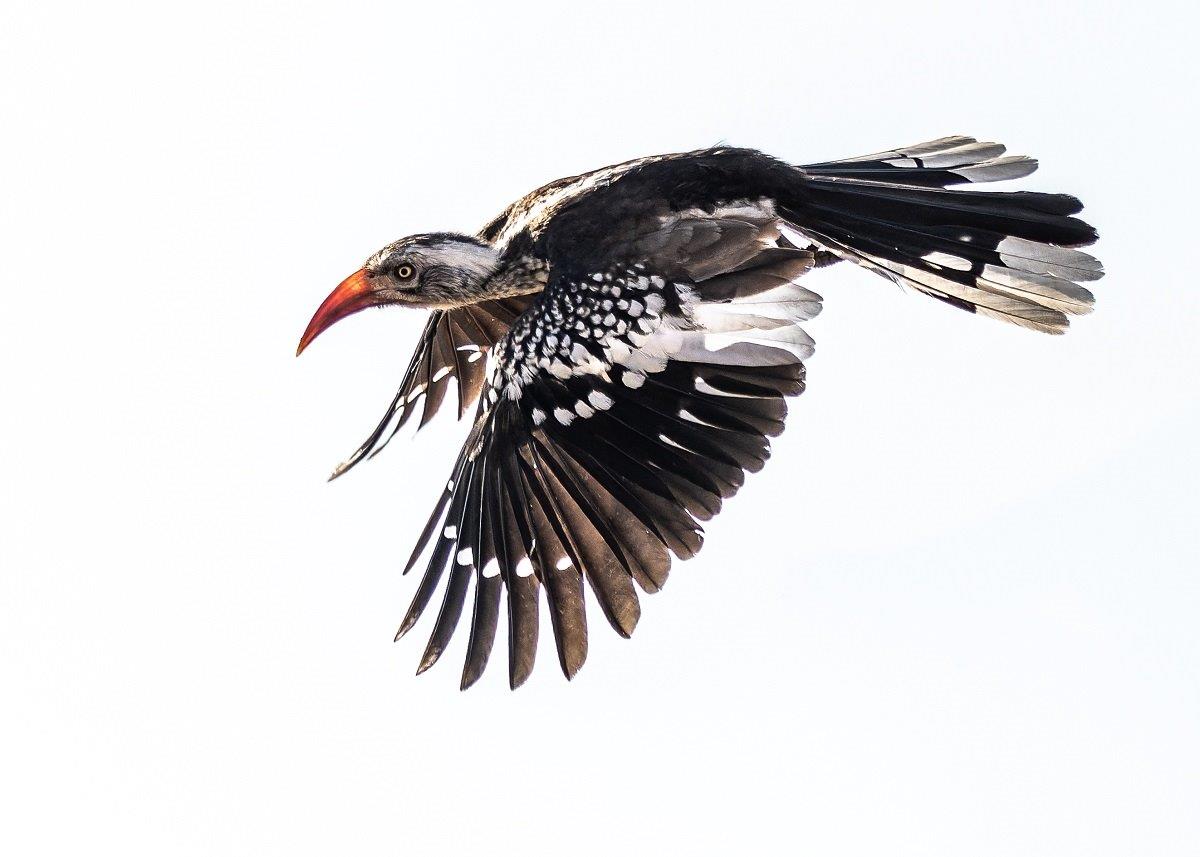
An incredible sighting of a Brown snake eagle perched high in a dry tree, scouting the area below to look for any potential prey. Hence the name, these eagles do specialise in hunting snakes and have heavily scaled legs to provide protection against any potential snake bites.
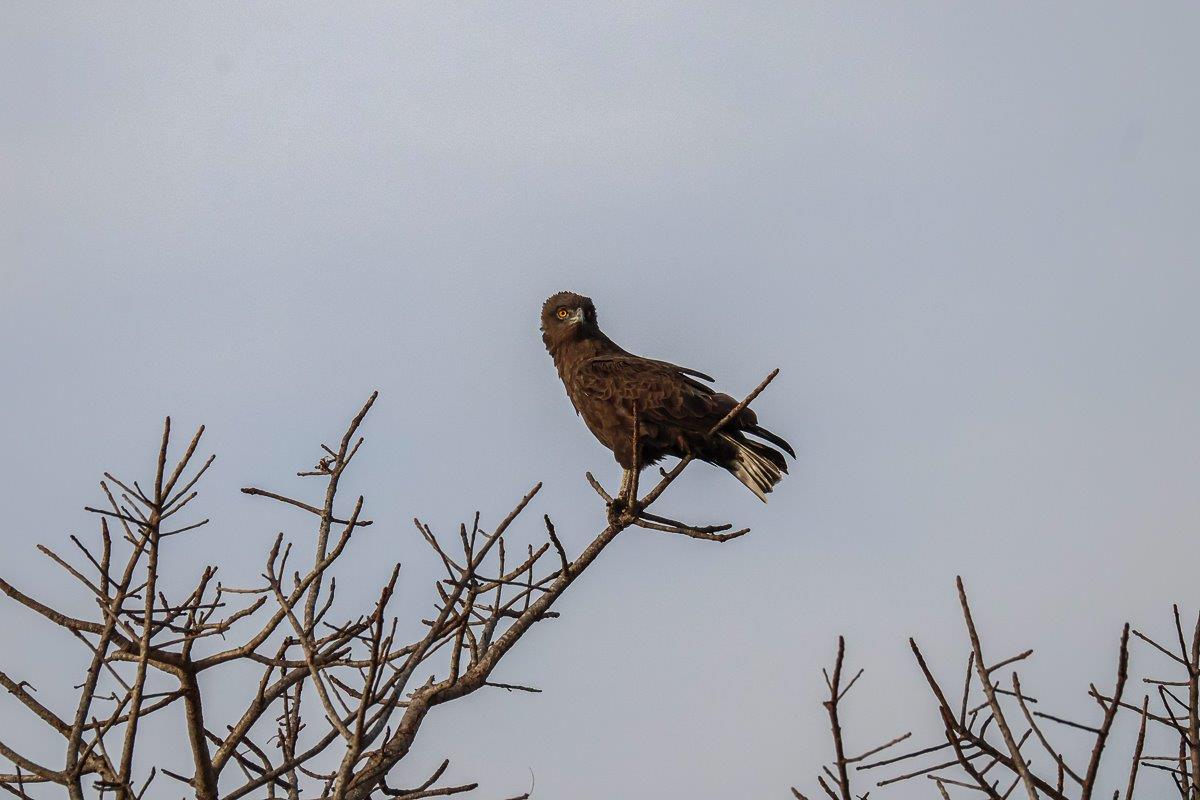
These very curious Dwarf mongooses were slowly moving back towards their burrows late afternoon where they will retreat for the night, hiding away from predators and getting well deserved sleep. Hence their name, these are the smallest mongoose species, in fact the smallest carnivore in Africa. They mainly feed on insects but will attack and defend themselves against venomous snakes if needs be.
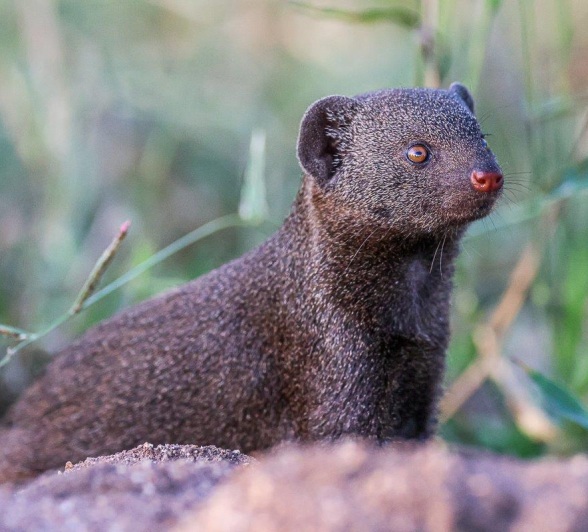
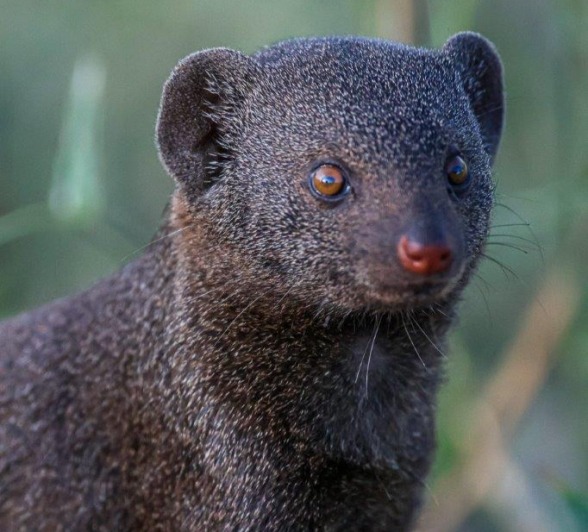
We watched this Puff adder crossing the road right in front of us. These slow-moving snakes are some of the most beautiful snakes we have around our reserve. They are highly venomous and have haemotoxic venom which can have a cardiovascular and haemostatic effect on humans, killing an adult male in 25 hours after the initial bite. Luckily these snakes are very calm and generally stay away from humans.
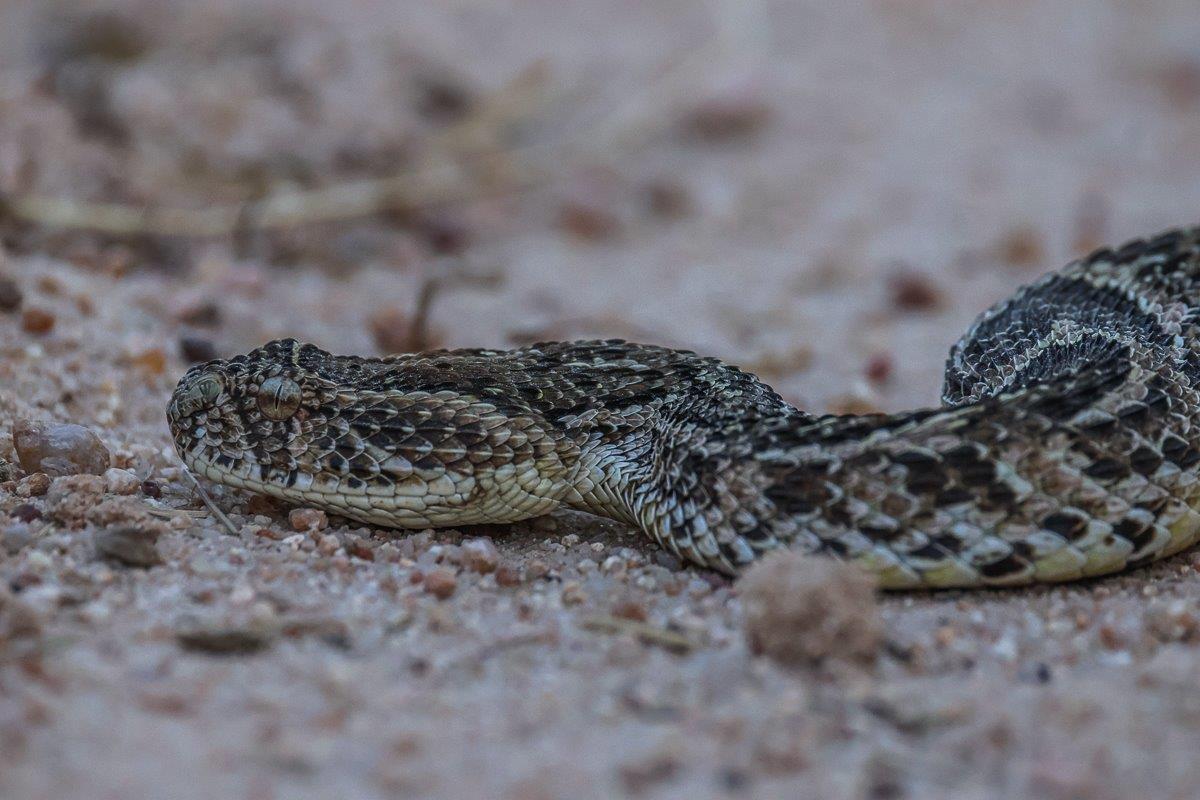
Until next time…
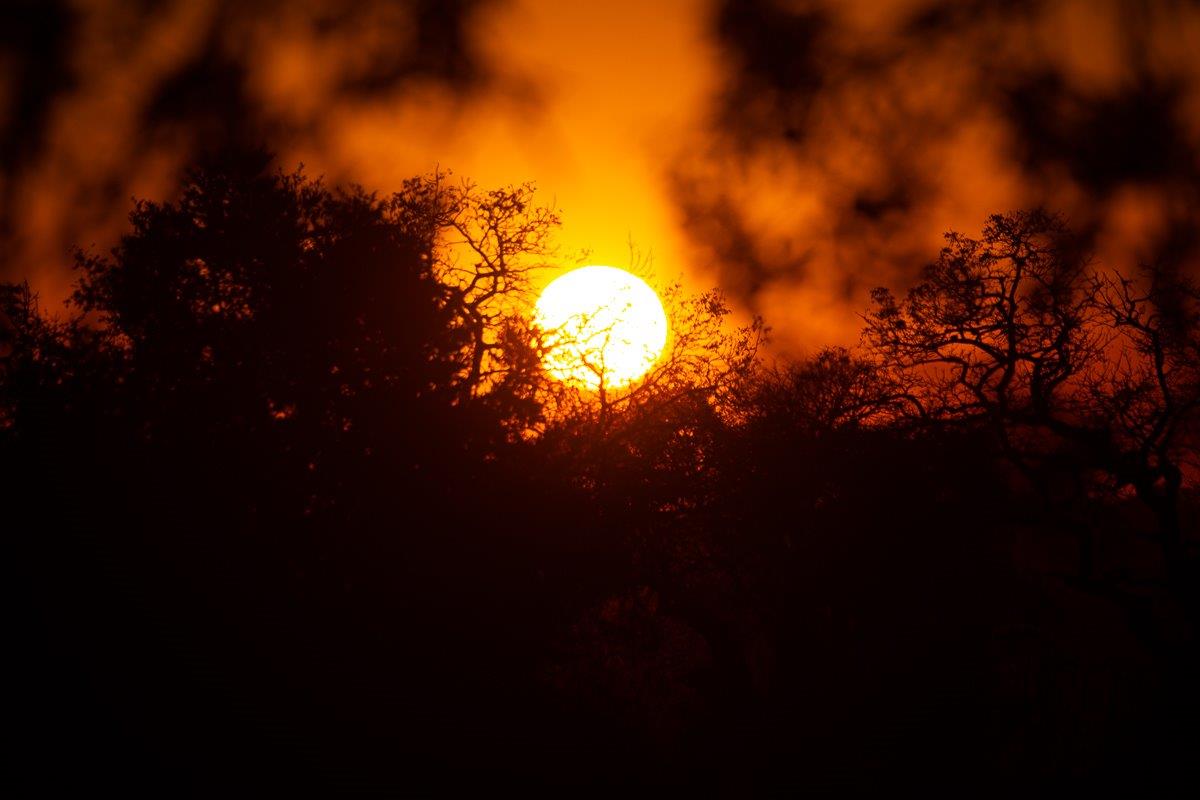
Blog by Wendy Claase
Images by Benjamin Loon, Coenraad Stapelberg, Ronald Mutero & Ruan Mey
Video by Ruan Mey







